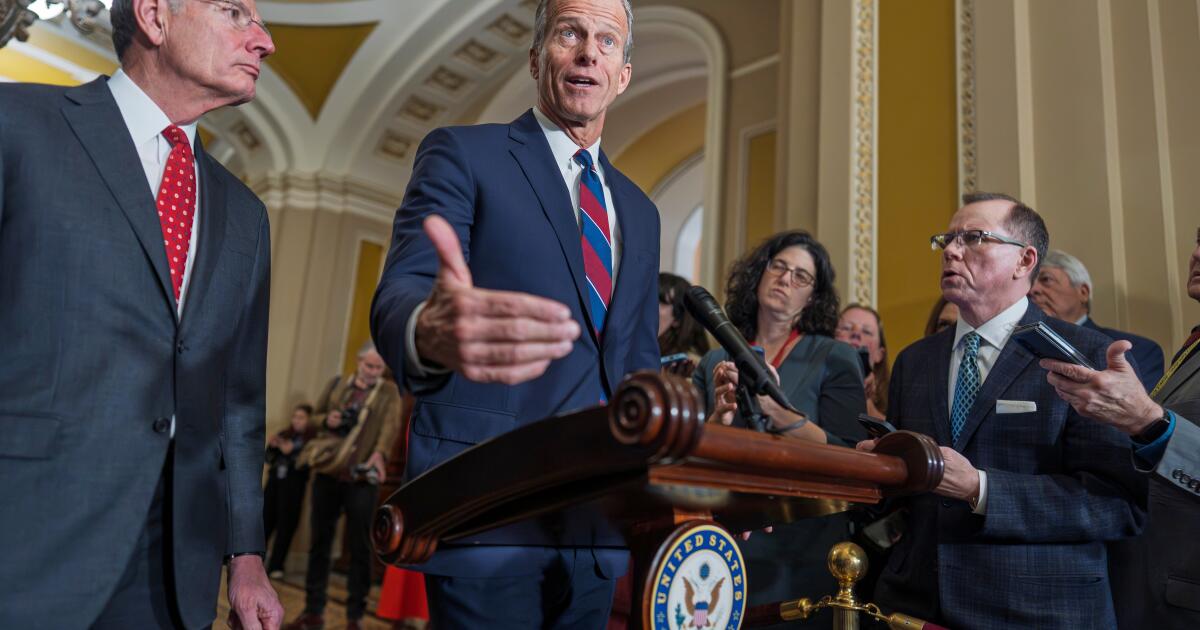Villa Vie Residences has announced plans for a new residential cruise ship where people can buy cabins and live at sea permanently – with prices starting lower than average London property
Ever reached the end of a cruise and wished you could just keep on sailing? Well, your dreams might soon become reality. A US firm has unveiled plans for a residential cruise ship that lets you live permanently at sea. However, prospective passengers will need to dig deep into their pockets to secure a spot.
Villa Vie Residences already operates one residential cruise ship, the Odyssey, which has been embarking on a continuous global cruise since October 2024. Despite being delayed by technical issues and leaving Belfast several months late, it’s currently navigating its way through a 15-year planned itinerary.
The current cruise is set to circumnavigate the globe multiple times, with each journey lasting three and a half years, reports the Express.
The company has now announced plans, dubbed Project Lumina, to acquire a luxury cruise ship for residents to live on either full or part-time. They suggest these all-inclusive cruises could even prove cheaper than living on dry land.
Those seeking a permanent home on the ship can bag an oceanview room from $539,999 (around £404,000) or upgrade to a suite with a balcony for $899,999 (roughly £637,000). Monthly fees will apply for residents.
However, more affordable options such as five-year ownerships and rentals are available for those not planning to make the sea their long-term home.
The average cost of a flat in London, rather dishearteningly, typically ranges between £530,000 and £610,000, making the new cruise ship a potentially more affordable option. Those who purchase these rooms aren’t required to live in them permanently.
There are alternatives available, such as renting them out when not in use. Passengers also have the option to invite guests on board for a stay, at a fee.
While the exact details of the ship remain confidential, the company confirmed in a statement that the cruise will offer ‘ultra-luxury’ and operate alongside their existing Odyssey service.
On Villa Vie’s current residential cruise, the amenities are akin to those found on a standard cruise ship, with some bespoke extras for those embarking on longer-term journeys. There’s gourmet dining, entertainment, a swimming pool, optional excursions, and regular housekeeping.
Residents also benefit from a fortnightly laundry service and include medical visits. A social club and regular events for passengers ensure no one feels isolated during this extended voyage.
Although many current passengers on the Odyssey are retirees, the cruise is also targeting remote workers and digital nomads who can work from anywhere in the world. There’s a business centre on board and high-speed WiFi provided by Starlink, enabling people to make video calls on the go.
READ MORE: UK’s ‘best Christmas walk’ takes you across the beach to traditional pubREAD MORE: Brits’ 30 most cringeworthy holiday disasters from sunburn to missing flights
In a statement released to PR Newswire, the newly-appointed President Chris Cox expressed: “I’m thrilled to join Villa Vie at such a defining moment for the brand and for the category. There is incredible demand for authentic, residential oceangoing lifestyles-from attainable world-travel homes to ultra-luxury villa experiences.
“Project Lumina will be about listening carefully to that demand and translating it into beautifully designed, high-value products that feel both elevated and deeply personal.”
Have a story you want to share? Email us at webtravel@reachplc.com









